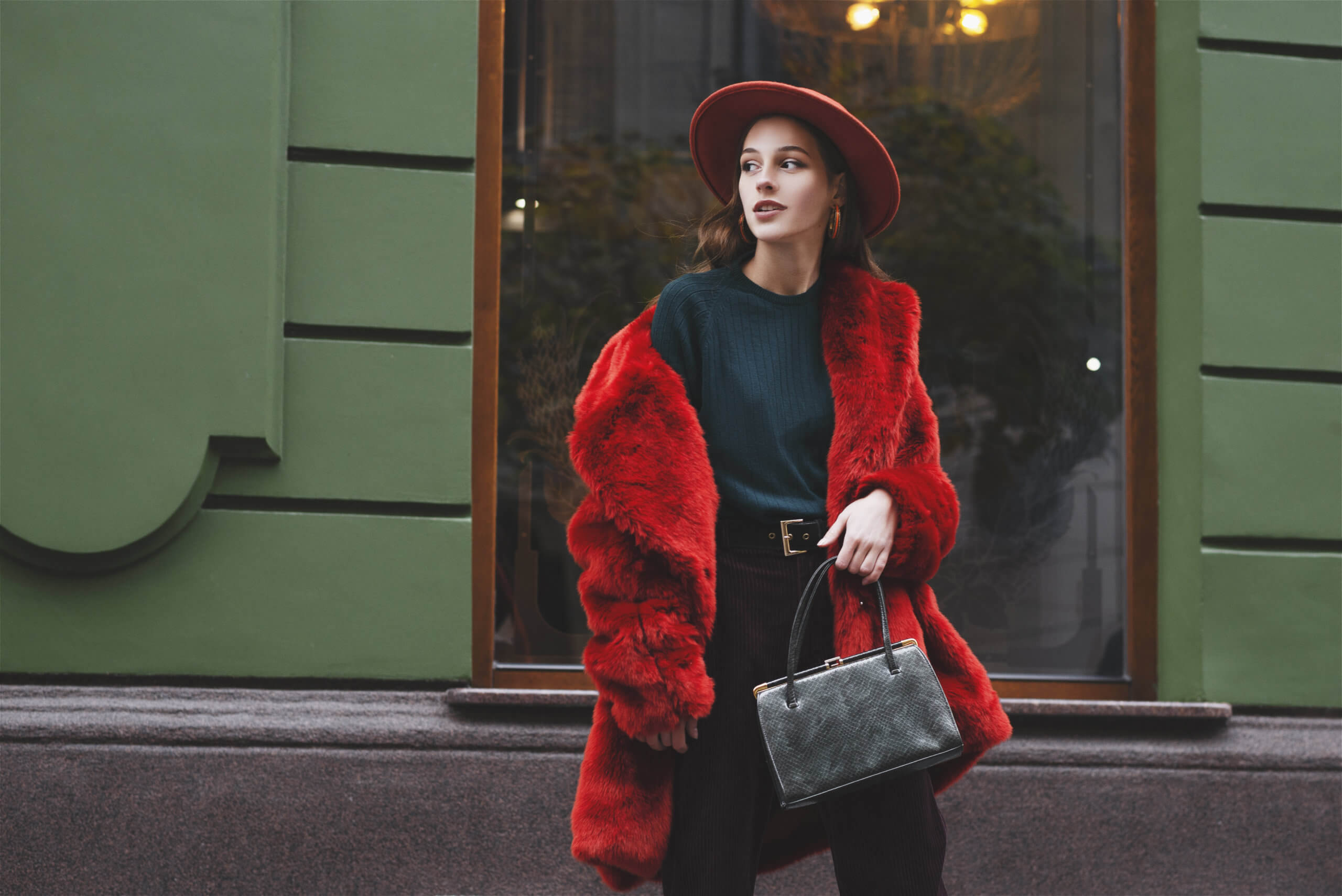Fall/Winter Fashion Campaigns: How Brands Are Capitalizing On High Interest in New Collections

- Methodology
- Fall/Winter 2019 Launches Increase Overall Revenue
- Increased Acquisition Spend Leads to Higher Traffic
- Visitors Seek Fall/Winter Inspiration On The Homepage
- Inspirational Content Shouldn't Slow Down The UX
- Fashion Week Campaigns Don’t Stimulate Store Locator Use
- Optimizing New Collections Campaigns
In this article, we examine the effects of Fall/Winter apparel campaigns on digital customer behavior and their impact on revenue.
Methodology
To paint a clear picture of how US consumers respond to Fall/Winter collections campaigns, we analyzed data from 24 global fashion brands (including luxury and mainstream brands), focusing on their US sites. Our analysis runs through a month and a half worth of data, representing 98 million user sessions, spread out over 510 pages.
As part of our analysis, we compared the performance of Fall/Winter campaigns (or “new collections”) with that of the end-of-Summer 2019 campaigns (or “old collections”).
Let’s learn more.
Fall/Winter 2019 Launches Increase Overall Revenue
The happy news for retailers is that the recently-launched Fall/Winter collections reaped larger average carts across all 3 devices. In fact, overall revenue was up 6.74% from the end of the summer campaigns, with the most impressive leap observed on tablet (+6.56%).
Conversion rates, however, did not follow the same upward trend — not on two device types, that is. . Desktop conversions on new fall collections stagnated at 2.19%, signaling no change in the conversion rate between the old and new collections. Tablet conversions lessened by 3%, further handing the victory torch to the end-of-summer collection in terms of conversion rates.
On the contrary, new collections on mobile outperformed old ones, with a 4.43% rise in conversions.
While the mobile conversion rate increase is slight, it nonetheless signals a significant opportunity for retailers, and a clear indication that consumers are willing to shop for new looks on their smartphone. Brands should thus not neglect capitalizing on their mobile UX.
In fact, they should design with a mobile-first approach to digital. Aside from holding stock in revenue, mobile continued its high traffic trend. It was the most-trafficked device in BOTH old and new collections, hovering at around 72%, dwarfing desktop and tablet usage, which came in at 22.5% and 6%, respectively.

Increased Acquisition Spend Leads to Higher Traffic
Now that we shined light on what is arguably the most important impact of Fashion Week, let’s veer into the beginning of the user journey: how visitors entered the websites we surveyed.
According to our data, paid acquisition campaigns around the new collections paid off (pun intended). Brands primarily relied on paid sources to draw more users into Fall/Winter looks, including paid search campaigns (display ads) and paid social campaigns.
These paid acquisition campaigns resulted in traffic increases across all devices, with a whopping 289% growth in traffic from display ads and a sturdy 178% growth from paid social ads. It seems that if a brand is willing to put money behind ads for Winter/Fall fashions, customers are more than willing to click.
Visitors Seek Fall/Winter Inspiration On The Homepage
A high-level view of the digital customer behavior on the homepage reveals that, by the time the new collections roll in, visitors are eager to discover new trends and styles.
The new styles drive a peak in customer interactions, with a higher click rate on the homepage slideshow (64% up from clicks on Summer items) and on the product tiles right below (+17%).
There are fewer clicks on the search bar, which figures, as most consumers appear to be in a discovery/inspiration phase, accessing the new styles through the more visual, inspirational elements of the homepage. The click rate on the cart also goes down around the new season launch, corroborating the idea that consumers are primarily window-shopping.
It’s a good time for brands to make sure they’re getting the most ROI from the inspirational elements on the homepage, since the excitement for new season looks translates to heavier engagement with these areas of the site. Optimizing product pages to capitalize on this heightened interest is also key: if visitors are clicking on your Fall sweaters tile, make sure you follow through with a relevant selection of items and an easy path to conversion.

Inspirational Content Shouldn’t Slow Down The UX
But with all this inspirational and visual content showcasing the season’s must-have items, some brands are running into speed issues.
On desktop, for example, homepage loading times were up 50% after the launch of the Fall/Winter collection — from 2.09 to 3.14 seconds. With a 4% increase on mobile, it seems brands have overall made some effort to keep load times down on smartphones.
It’s a delicate balance to achieve— on the one hand, you want to give consumers all the inspiration they are willing to consume, but not at the cost of stalling the customer journey. Analyzing customer interactions around each element of the page will help teams determine which content is truly driving conversions and which underperforming elements can be optimized, or altogether removed.
Fashion Week Campaigns Don’t Stimulate Store Locator Use
Customers shopping for Fall looks seem less inclined to continue their journey offline than those looking for end-of-summer bargains. On mobile, the reach rate on the store locator was down -6% for consumers browsing the Fall/Winter collection. Desktop was hit the hardest with a -14% dip in the store locator reach rate.
It could be that with back-to-school, back-to-work, and general September busy-ness, many shoppers don’t have time to go to the stores. Then again, conversions are down too, so it could be that this is a time for window shopping and eyeing up what’s on offer for the months to come.
Optimizing New Collections Campaigns
The unveiling of Fall/Winter collections is a potent engagement driver, and consumers are not shy about clicking on ads and images to be educated about the new season’s looks. With higher engagement and revenue, these campaigns have plenty of potential.
From post-click optimization to ongoing analysis of your key homepage areas, a granular read of your customers’ experience will uncover any areas of opportunity and help you refine underperforming content.
Remember to reduce your page loading times (long loading times are a major UX offense) and create seamless mobile experiences to reel in the most profit from this short-lived yet critical shopping season.


